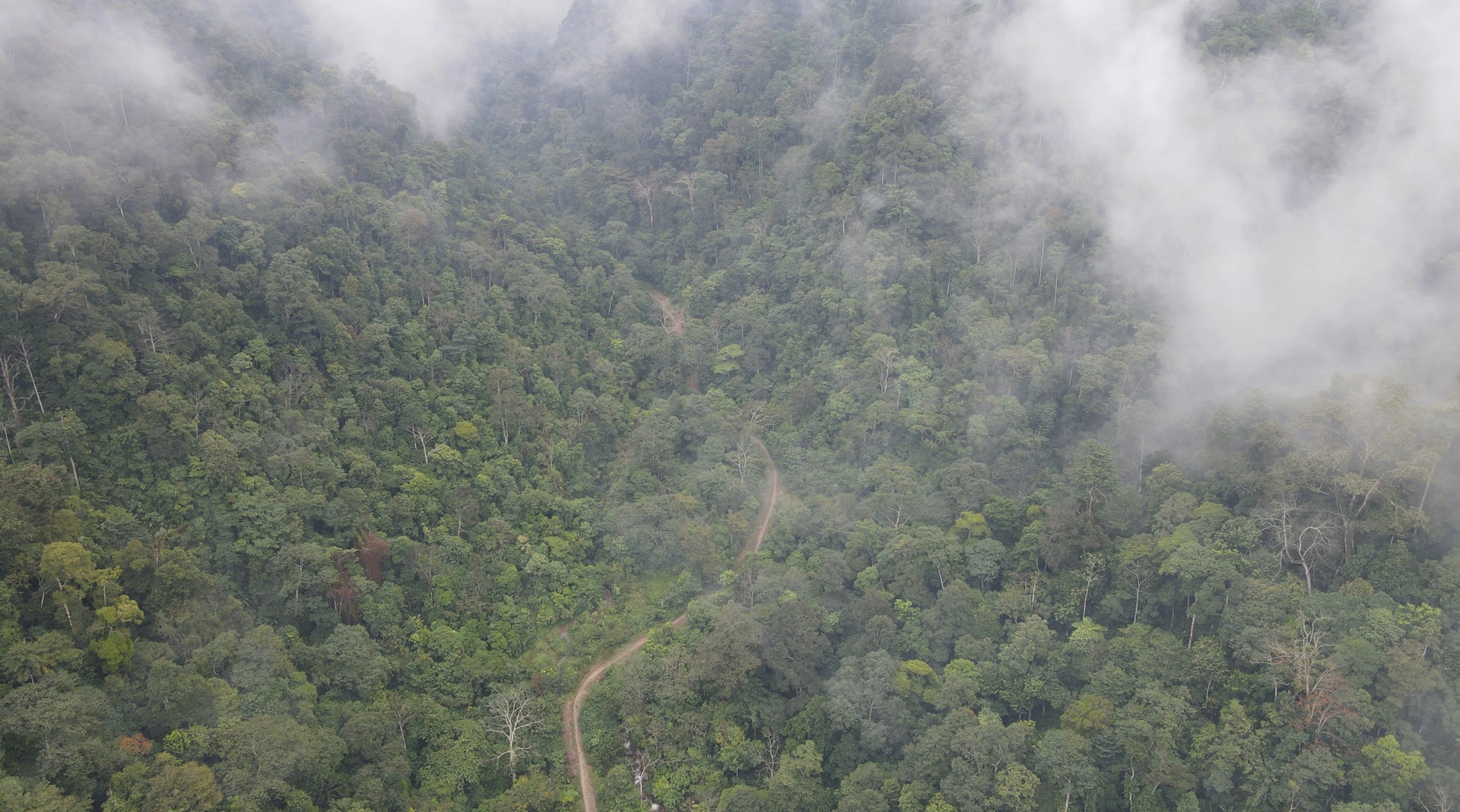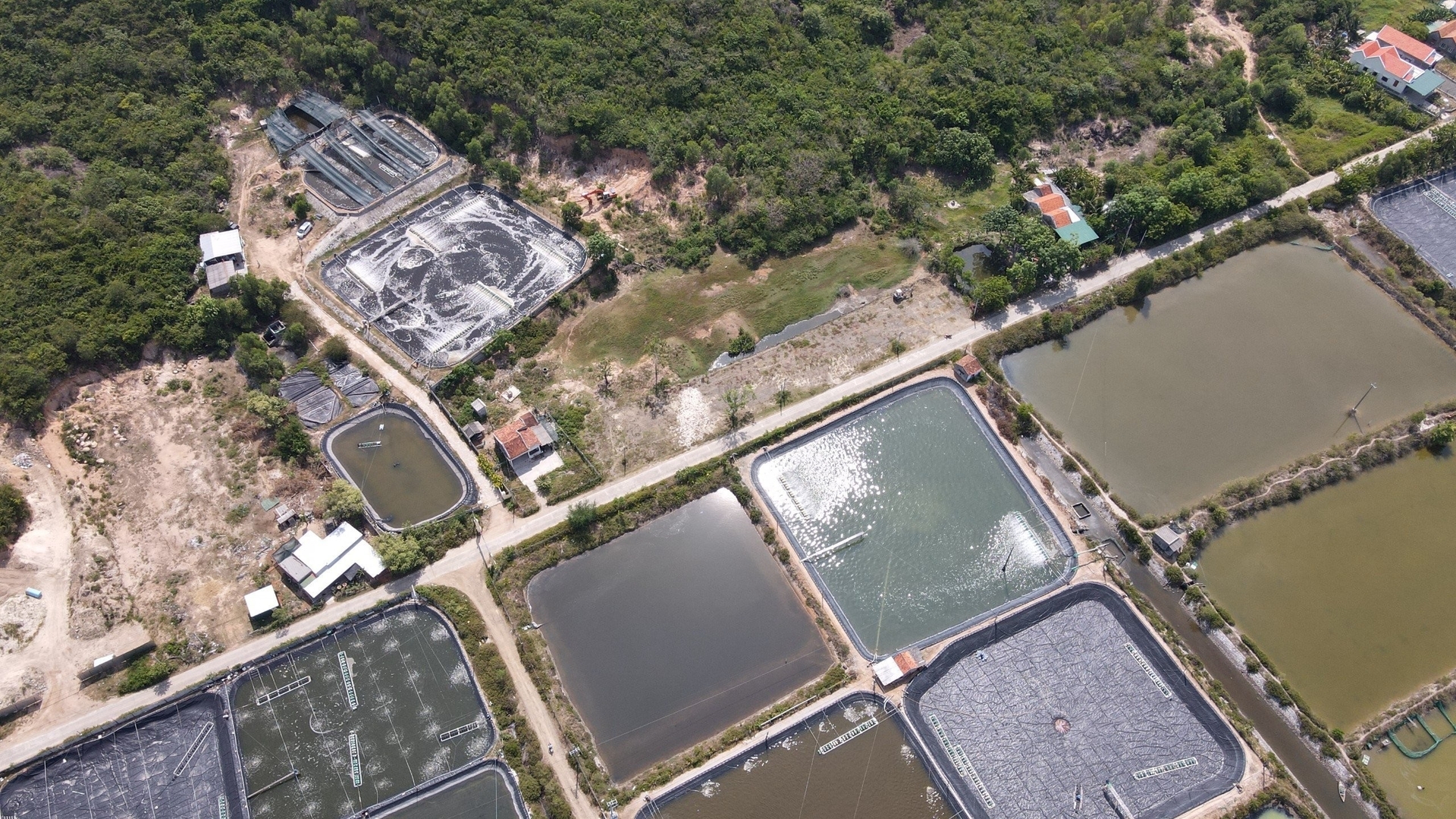November 26, 2025 | 05:24 GMT +7
November 26, 2025 | 05:24 GMT +7
Hotline: 0913.378.918
November 26, 2025 | 05:24 GMT +7
Hotline: 0913.378.918
OECD’s green growth strategy provides measurement tools to help policymakers evaluate the effectiveness of their policies and measure the extent to which they are shifting economic activity to greener paths. The aim is to expand the range of existing economic indicators to allow for more comprehensive comparative analysis and benchmarking of countries on green growth, thereby addressing a number of issues: i) what needs to be measured and how to measure it; ii) summary of existing measures; and iii) a small number of key indicators to measure green growth progress.

Forest development policies help promote green growth in agriculture. Photo: VAN.
There is a need for a set of companion indicators to assess the progress of green growth in agriculture, which can provide input for monitoring and policy development activities. Firstly, efforts should be made to quantify the policy measures included in the green growth policy toolkit on the basis of which countries can be surveyed for their potential adoption and implementation ability.
Secondly, existing economic, environmental and social indicators may need to be supplemented to assess the relative economic performance, environmental impact and general welfare aspects of agriculture. Thirdly, there is a need for indicators to evaluate whether the green growth model improves economic outcomes in agriculture, reduces pressure on the environment and enhances aspects of quality of life.
Techniques for comparing physiological and socioeconomic data can help assess the impact of green growth policies on agricultural performance over time. Due to the location-specific nature of many environmental issues and the complexity of measuring environmental outcomes in agriculture, this can be a complex process.
The green growth policy toolkit should promote the sustainability of alternative farming systems, which include intensive and extensive, traditional and organic, large-scale and small-scale farming.
Green growth will most likely be achieved through a combination of approaches that meet production, environmental and aesthetic competition needs, and involve a harmony of traditional, organic and synthetic farming techniques. The green growth model in agriculture offers a range of approaches to maintain the sustainability of diverse farming systems from an economic and environmental perspective.
While the evolution of agricultural practices over time has been largely in response to population growth and growing food demand, present agriculture must respond to more diverse drivers including global market competition, environmental concerns and consumer preferences.
Market liberalization has led to a wider range and number of producers, greater price fluctuations and increased competition in most commodity markets. Food and feed production must be balanced with conservation of natural resources, reduction of environmental pressures and greater concern for rural viability and animal welfare.
At the same time, consumers are demanding lower-cost, higher-quality foods produced through organic methods with greater variety, consistency, and year-round availability. The agricultural sector is also being asked for a wider range of products, including biomass and renewable energy, high-value-added chemicals and ecological services. To meet these competition demands, different types of farming systems have emerged with specific requirements for environmental sustainability.
Conventional farming systems, which tend to be more intensive, larger in scale and more specialized, provide the majority of the world's food. Their environmental quality depends on avoiding inappropriate farming and irrigation techniques or excessive use of chemical inputs. While intensive production in smaller areas can increase local pollution, it has the advantage of leaving a larger area for nature conservation and biodiversity maintenance. In contrast, single-species and monoculture farms may reduce biodiversity but have greater carbon accumulation potential.

High-tech farms are becoming a trend to ensure green growth in agriculture (Shrimp farm in Binh Dinh, Vietnam). Photo: VAN.
As for extensive farming systems, environmental concerns generally focus on the loss of biodiversity due to agricultural expansion and the depletion of natural resources due to increasing pressure on land. Explicit protection of environmentally sensitive land can mitigate the negative impacts of extensive agriculture, whose ecological benefits stem from reduced pesticide and fertilizer inputs and more utilization of organic farming methods.
Many farms combine conventional and newer techniques because optimal methods vary according to the size of the farm system and the characteristics of its location. The challenge is to determine which technologies work best in specific circumstances to both enhance productivity and conserve the resource base.
All types of OECD farming systems currently require high levels of skill and management to operate, focusing more on green job skills, such as those that help protect ecosystems and biodiversity, reduce chemical and water consumption, and minimize waste and pollution. Farmers can get access to such knowledge through training, education and agricultural extension programs.
Translated by Samuel Pham
/2025/11/25/0045-1-135246_13.jpg)
(VAN) Ca Mau is researching a model of sea-encroaching embankments combined with viaducts and logistics service zones, aiming both to prevent erosion and create land funds for marine economic development.

(VAN) The information was shared at the seminar 'Urban Agriculture - Solutions for Developing Green Spaces,' organized by the Kinh te & Do thi Newspaper and the Biotechnology Center of Ho Chi Minh City.
/2025/11/19/4141-2-132831_216.jpg)
(VAN) One of Japfa's outstanding solutions is implementing digital transformation and artificial intelligence (AI) to optimize operations, enhance productivity, and advance sustainable development.
/2025/11/19/4847-1-093540_448.jpg)
(VAN) The Gia Lai Provincial People’s Committee had a working session with the delegation of the U.S. Department of Agriculture, the State of Idaho, and representatives of the State's leading enterprises.

(VAN) Ca Mau has a sufficient foundation to become a strong regional aquaculture center, where production integrates the economy, the environment, and the lives of the people.

(VAN) SEIKI Group envisions itself as a pioneer in the ‘dual transformation’ of digital technology and green industry, standing alongside the Government and Vietnamese businesses in their pursuit of sustainable development.

(VAN) The VNGEONET network affirms Viet Nam's progress in mastering digital space, providing a precise positioning data platform to serve socioeconomic development.